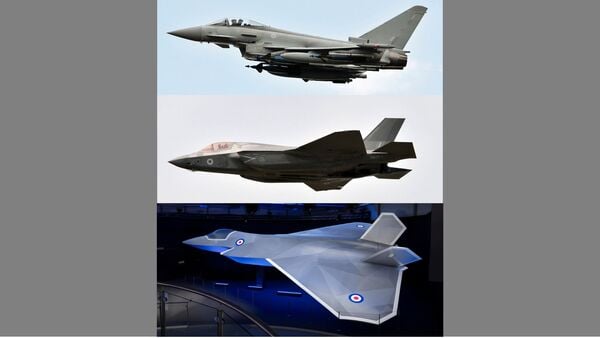
A fourth-generation Typhoon FGR4, fifth-generation F-35B Lightning, and concept model of a sixth-generation GCAP Tempest. All three UK combat air programmes face tough choices in the years ahead, amid tight budgets and expanding threats. (Janes/Patrick Allen/BAE Systems)
Set against the twin challenges of a deteriorating security situation in Europe and the constraints of an already taut defence budget, one of the biggest debates playing into the UK government's Strategic Defence Review (SDR) is the balance of investment in future combat air.
Announced by the incoming Labour administration in July 2024, the SDR has enshrined a ‘NATO first' approach that seeks to enhance the UK's contribution to the alliance while at the same time seeking to protect UK sovereign requirements and strategic reach. Its conclusions and policy outputs are expected to be presented to parliament by mid-2025.
Combat air is the broad categorisation referring to those aircraft – crewed or uncrewed – whose primary function is to undertake air-to-air or air-to-surface combat operations in contested airspace. Alongside their ability to launch ‘kinetic' weapons, such aircraft are configured to perform intelligence, surveillance, and reconnaissance (ISR); electronic warfare (EW); data exchange; and command and control. Also, the requirement to operate in a hostile air environment necessarily demands a high degree of survivability (through low observability, and/or enabled by sensor fusion and EW technology and techniques).
Looking to read the full article?
Gain unlimited access to Janes news and more...







